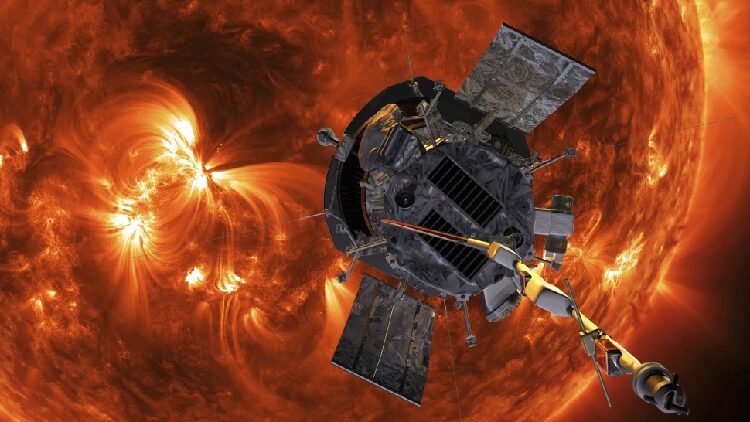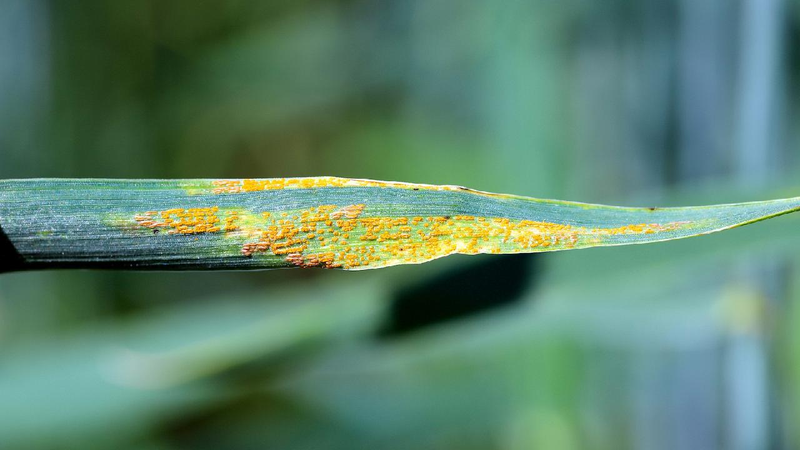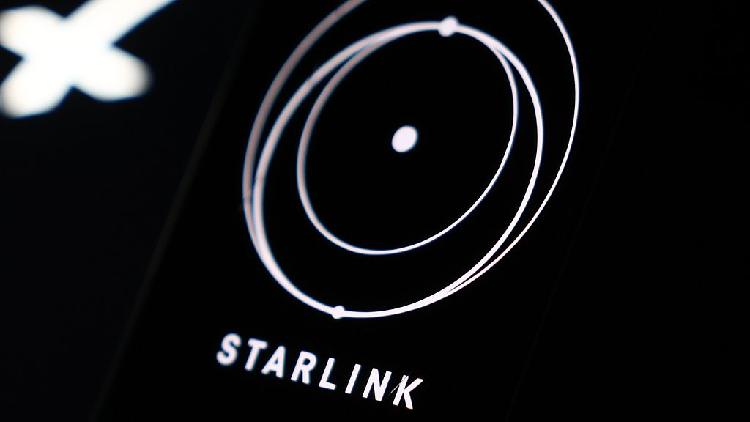Have you ever wondered what it would be like to get up close to the sun? 🌞 Well, NASA’s Parker Solar Probe is doing just that! It’s a super cool spacecraft that’s flying closer to the sun than any other spaceship has ever gone before.
Getting Closer Than Ever
The Parker Solar Probe was launched in 2018 with a daring mission: to study the sun up close. 🚀 Imagine if the sun and Earth were at opposite ends of a football field. Parker is now zooming to within just 4 yards (about 3.7 meters) of the sun! That’s incredibly close!
Flying Through the Sun’s Atmosphere
The sun has an outer atmosphere called the corona, which you can see during a total solar eclipse. The corona is super hot—much hotter than the sun’s surface! Scientists want to know why. 🔥
Parker has already flown through the corona, and it’s giving us amazing new information. It helps scientists understand the solar wind, which is a stream of charged particles blasting away from the sun. This wind can affect us here on Earth by causing things like the beautiful Northern Lights (auroras) and sometimes messing with our satellites and radios.
Amazing Speed and Heat!
Parker is the fastest spacecraft ever built! It’s traveling at a whopping 430,000 miles per hour (690,000 kilometers per hour). That’s so fast, you could go around the Earth 13 times in just one hour! 🌍💨
But getting close to the sun isn’t easy. The probe has to withstand temperatures up to 2,500 degrees Fahrenheit (1,371 degrees Celsius). That’s hotter than a pizza oven! 🍕🔥 Luckily, Parker has a special heat shield to keep it safe.
Why Is This Important?
By studying the sun up close, scientists hope to learn more about how it works. The sun gives us light and warmth, making life possible on Earth. Understanding it better can help us protect our technology and power systems from solar storms.
So next time you feel the sunshine on your face, remember the Parker Solar Probe, bravely exploring our amazing star! ☀️🛰️
Reference(s):
NASA's solar probe aims to fly closer to the sun like never before
cgtn.com




